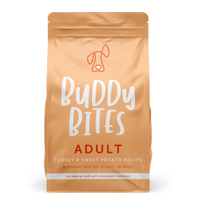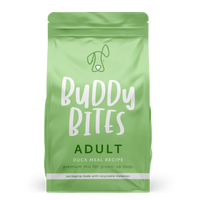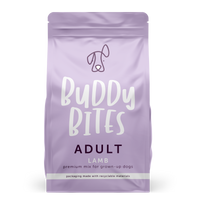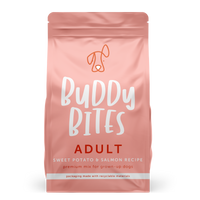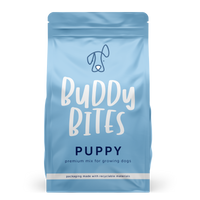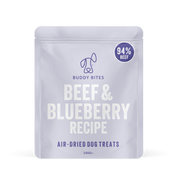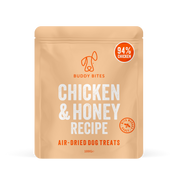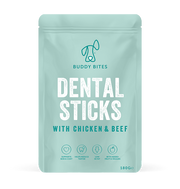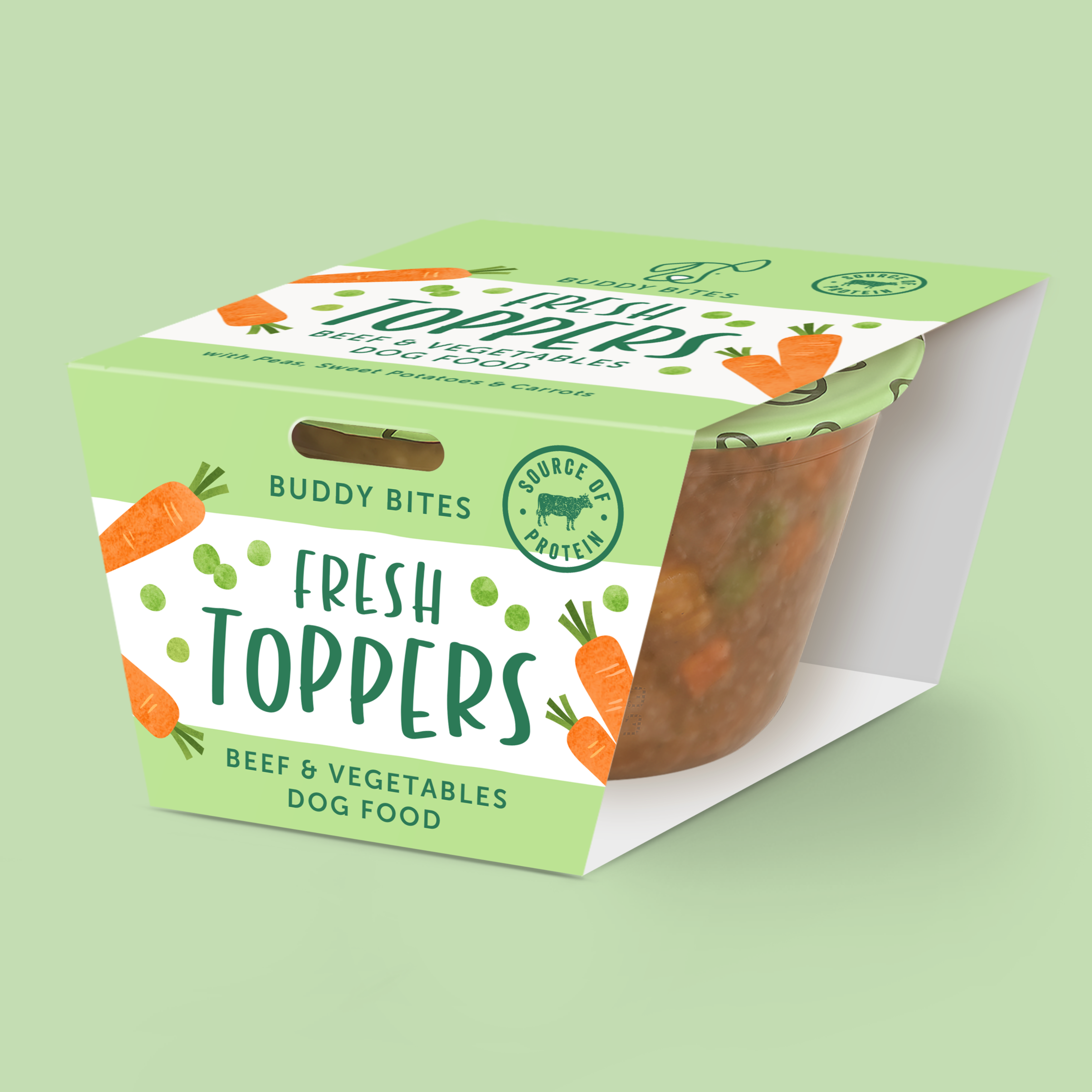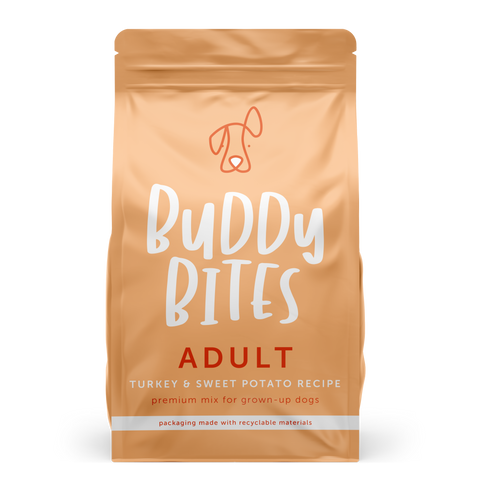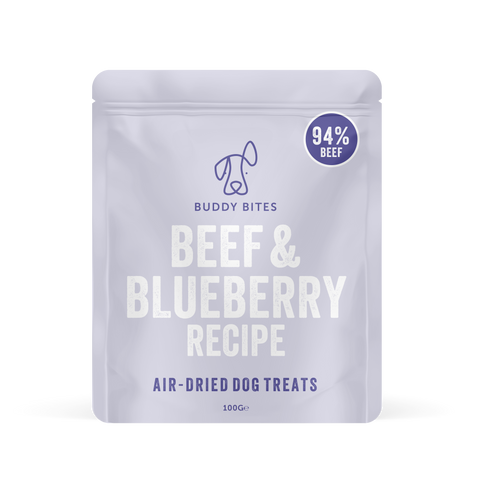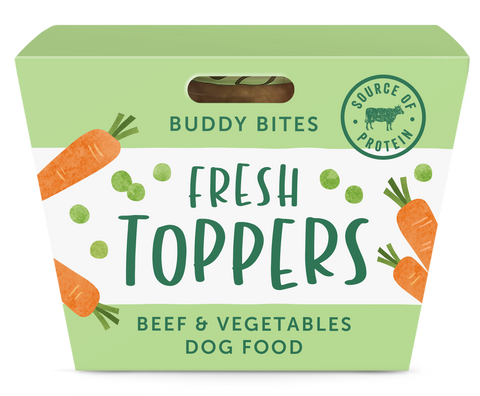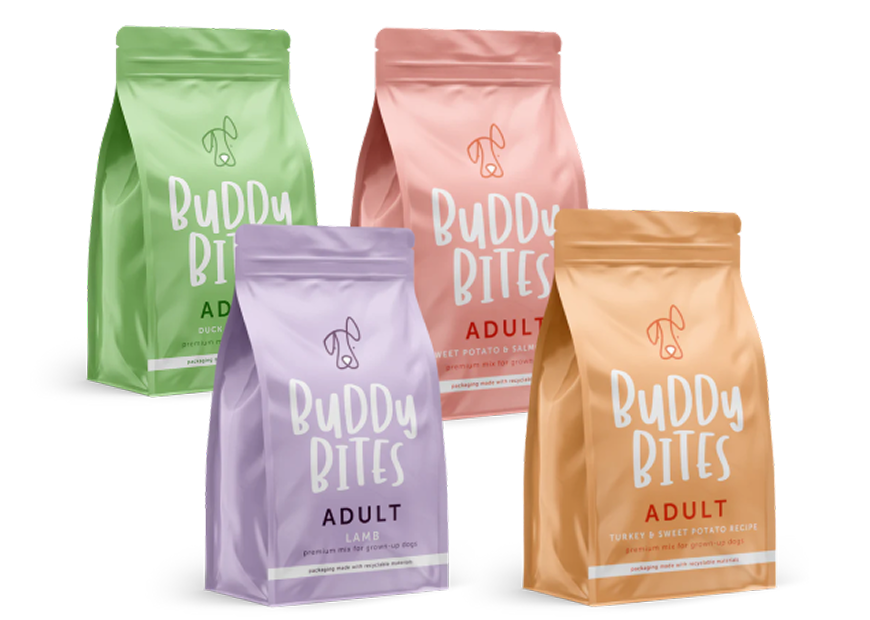Understanding and Managing Dog Allergies
June 03, 2024

Just like humans, dogs can suffer from allergies too. These allergic reactions can range from mildly annoying to severely debilitating, affecting your furry friend's quality of life. As a responsible pet owner, it’s crucial to recognise the signs of allergies and know how to manage them. In this blog post, we’ll delve into the common types of dog allergies, their symptoms, and effective ways to treat and prevent them.

Types of Dog Allergies
- Environmental Allergies: Also known as atopic dermatitis, these allergies are triggered by environmental factors such as pollen, dust mites, mould spores, and certain grasses. Dogs with environmental allergies may show symptoms seasonally or year-round.
- Food Allergies: Certain ingredients in your dog’s diet can cause allergic reactions. Common culprits include beef, dairy, chicken, wheat, and soy. Food allergies often result in digestive issues and skin problems.
- Flea Allergies: Flea allergy dermatitis is one of the most common allergic reactions in dogs. It's caused by flea saliva and can lead to intense itching and discomfort, even with just a few flea bites.
- Contact Allergies: Some dogs may develop allergies to substances they come into direct contact with, such as certain shampoos, chemicals, or materials like rubber and wool. These allergies usually cause localised skin reactions.
Symptoms of Dog Allergies
The symptoms of dog allergies can vary depending on the type of allergy, but common signs include:
- Itching and Scratching: Persistent scratching, biting, or licking the skin, especially the paws, face, ears, and belly.
- Red, Inflamed Skin: Redness, swelling, or sores on the skin, often due to excessive scratching.
- Ear Infections: Recurrent ear infections, characterised by redness, discharge, and a bad odour.
- Digestive Issues: Vomiting, diarrhoea, and gas, particularly in the case of food allergies.
- Respiratory Symptoms: Sneezing, coughing, and nasal discharge, more common with environmental allergies.

Diagnosing Dog Allergies
To accurately diagnose your dog’s allergies, a visit to the vet is essential. Your veterinarian may recommend the following:
- Skin Tests: To identify environmental or contact allergens, skin tests can be performed where small amounts of potential allergens are injected under the skin.
- Blood Tests: Blood tests can help identify environmental allergies but are less reliable for food allergies.
- Elimination Diet: For food allergies, an elimination diet may be used. This involves feeding your dog a novel protein source and carbohydrate they haven’t eaten before, then gradually reintroducing other foods to identify the allergen. With Buddy Bites’ range of recipes that are novel or single protein, it would be easy for you to figure out which protein source your dog is suited for.

Managing and Treating Dog Allergies
Once an allergy is diagnosed, management and treatment can begin. Here are some strategies to help your allergic dog:
- Avoidance: The best way to manage allergies is to avoid the allergen. This may involve changing your dog’s diet, using hypoallergenic bedding, or avoiding certain areas during high pollen seasons.
- Medications: Antihistamines, corticosteroids, and other medications can help manage symptoms. Your vet may also recommend immunotherapy (allergy shots) for severe cases.
- Flea Control: For flea allergies, maintain a strict flea control regimen with regular flea treatments and home cleaning.
- Bathing and Grooming: Regular bathing with hypoallergenic shampoos can soothe itchy skin and remove allergens. Frequent grooming also helps keep your dog’s coat and skin healthy.
- Dietary Changes: For food allergies, work with your vet to identify a suitable diet. Hypoallergenic or limited ingredient diets are often recommended. Buddy Bites focuses on single-ingredient protein sources which are good for you to try should your dog have unidentified allergies.

Preventing Allergies in Dogs
While some allergies cannot be prevented, there are steps you can take to minimise your dog’s risk:
- Maintain a Clean Home: Regularly vacuum and dust your home to reduce environmental allergens.
- Use Air Purifiers: Air purifiers can help reduce airborne allergens in your home.
- Choose High-Quality Food: Feed your dog a high-quality diet free from common allergens.
- Regular Vet Visits: Keep up with regular vet check-ups to catch and manage allergies early.

